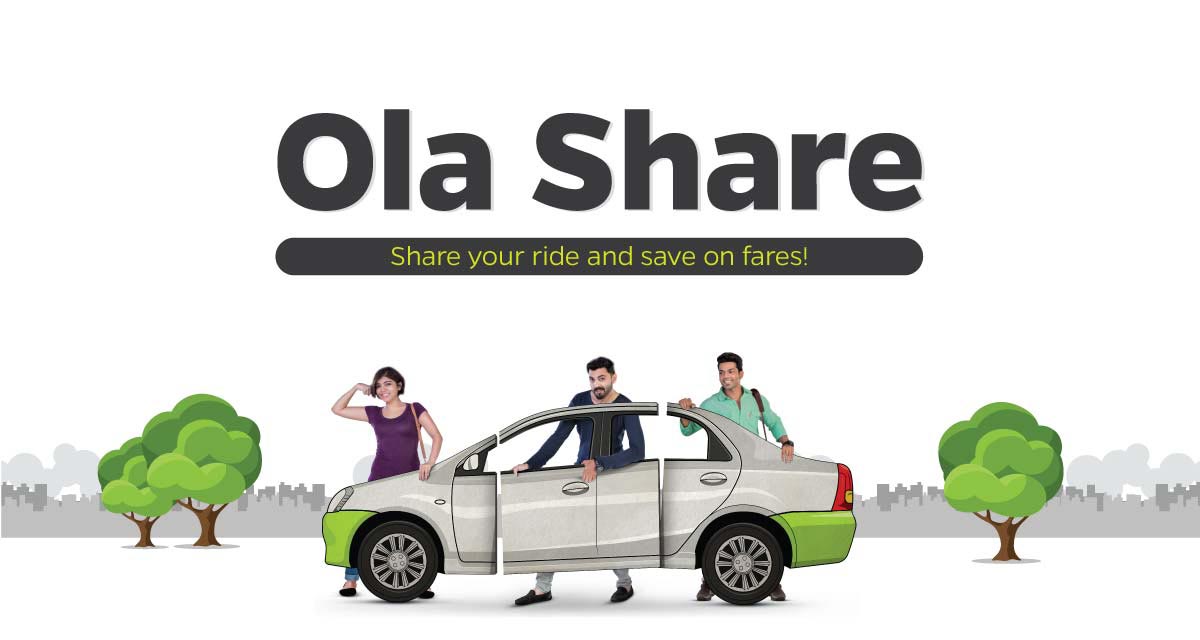Ola Share may return in 2025! Here’s what insiders reveal about Ola’s ride-sharing feature comeback, expected launch cities, and impact on urban commuters.
🚗 Ola Share’s Silent Exit
Ola Share, once a go-to affordable option for millions of urban commuters in India, was discontinued quietly in 2020during the COVID-19 pandemic. The company cited health safety and operational challenges due to social distancing norms.
Since then, commuters have repeatedly asked for its return — especially in metros like Delhi, Bengaluru, and Mumbai, where ride costs have skyrocketed.
🔁 Ola Share Comeback in 2025?
According to recent internal developments and job postings (see: Ola Careers), Ola appears to be revamping its pooled ride segment under new product testing.
While Ola has not made an official announcement yet, startup insiders have hinted that “Ola Share 2.0” may be:
-
AI-optimized for matching riders
-
More secure with real-time ride monitoring
-
Offering better discounts during peak hours
If relaunched, it’s likely to begin in Tier-1 cities where ride volume justifies the algorithmic pooling.
📊 Why It Matters
For daily commuters:
-
This could cut travel costs by up to 40–50%.
-
Reduce the number of cabs on roads — improving traffic congestion and emissions.
For Ola:
-
It brings back a high-volume customer base.
-
Strengthens its position against Uber’s “Share” and emerging auto-rickshaw aggregator apps.
📅 Expected Timeline
While no fixed date has been announced, industry experts believe the re-launch could be piloted by late 2025 after internal beta tests conclude in Q4 of this year.
We reached out to Ola, but they have not commented officially yet.
💸 Ola Prices Are Rising — But Why?
Even though Ola has posted losses in recent fiscal years, ride fares have consistently surged. The reasons behind this pricing paradox include:
🔺 1. Reduced Driver Availability
Since the pandemic, many drivers have quit the platform due to fuel costs, EMI burdens, and lack of incentives. Fewer drivers mean high demand and lower supply — resulting in fare hikes.
⛽ 2. Fuel Price Inflation
Fuel prices in India have remained volatile. Ola adjusts pricing dynamically, and rising petrol/diesel costs directly impact ride fares — even if the company itself isn’t profitable.
🏗️ 3. Operational Costs and Tech Investments
Ola has been heavily investing in:
-
EV fleet expansion
-
Ola Electric scooters
-
In-house navigation and dispatch tech
These costs, combined with losses from previous quarters, have led to Ola balancing its books by tweaking rider fares — even if temporarily.
💼 4. Strategic Monetization Over Discounts
Startups are now shifting from the “discount-and-grow” model to a “monetize-and-sustain” approach. Ola’s fare hikes are part of this mature, post-IPO market strategy — focusing on unit economics rather than blind growth.

